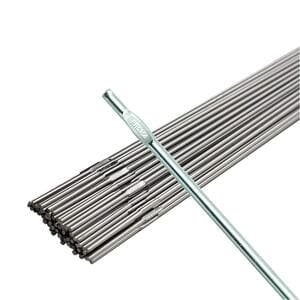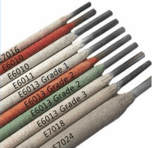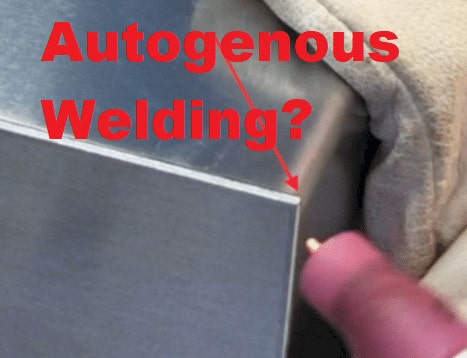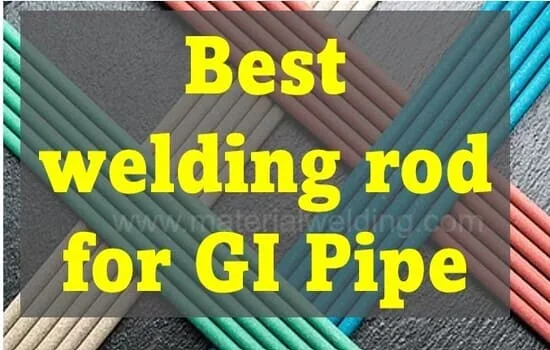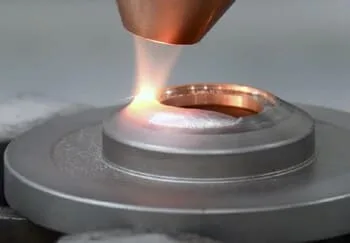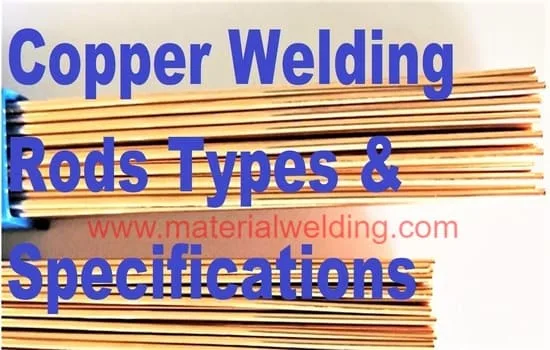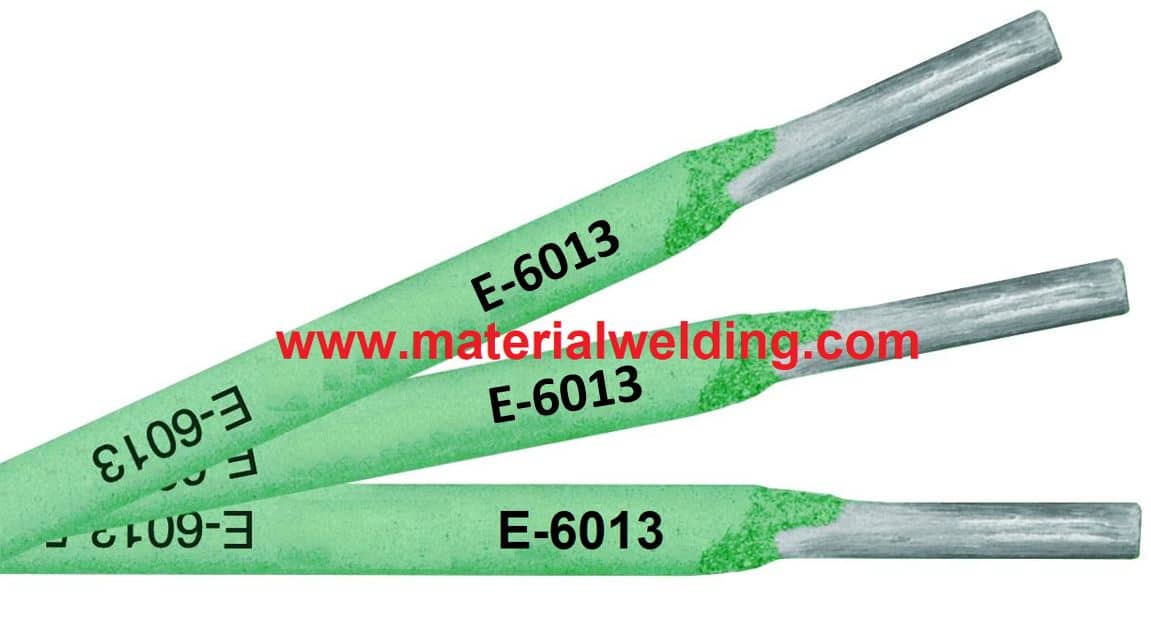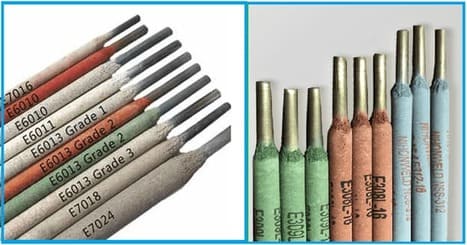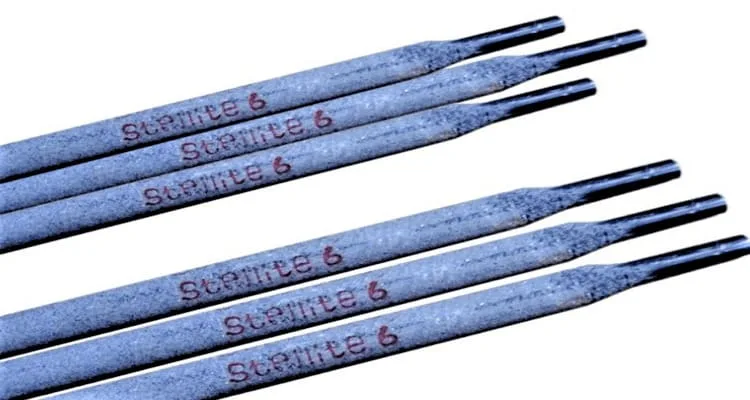One of the key parts in a welding is the welding rod, without most of welding processes can’t be used (there are exception such as Autogenous Welding Techniques).
But what exactly is a welding rod and why is it so important? In this article, I will cover what is a welding rods, purpose of welding rod, and the different types of welding rods available in market.
We will also discuss what is welding rod made of, and its uses.
What is a Welding Rod?
A welding rod is a metal electrode (either solid, or externally coated or internally coated with flux) used in the welding process. It is usually made of the same material as the metal being welded (to have a homogeneous weld deposit- exception is dissimilar welding), and it serves as a consumable in the welding process to fill the welding joint.
The welding rod is a critical part of the welding process, as it provides the filler material that melts and fuses the metal pieces together.
Welding rods come in a variety of shapes and sizes and are usually made from alloys or metals such as stainless steel, aluminum, or copper. The purpose of a welding rod is to act as both a filler material and an electrode.
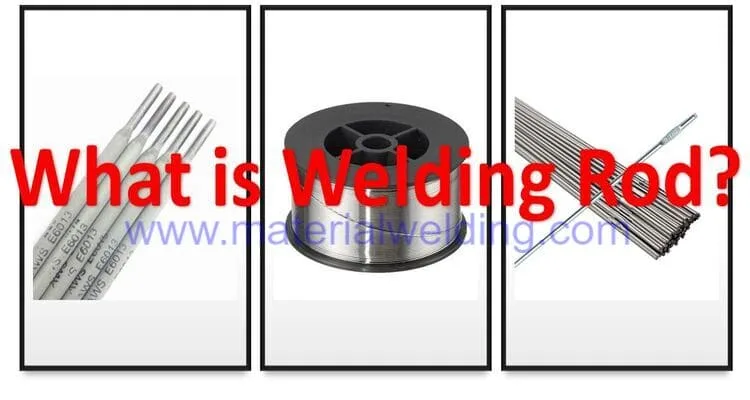
What is Welding Rod Made Of?
Welding rods can be made of various materials, including mild steel, stainless steel, aluminum, cast iron, and nickel alloys.
The most common type of welding rod is mild steel (E.g., ER70S-6 or E7018), which is used for welding low carbon steel and some medium carbon steel.
The composition of the welding rod depends on the type of metal being welded. For instance, a mild steel welding rod typically contains iron, manganese, and silicon (basic steel metallurgy of C-Mn-Si). Stainless steel welding rods, on the other hand, contain chromium, nickel, and molybdenum (Cr-Ni alloys).
Welding Rods classification
There are several different types of welding rods available for use, including:
- Coated welding rod (E.g., E6010) for Stick Welding Process,
- Solid welding rod(E.g., ER70S-6) for TIG and MIG Welding Process,
- Flux cored welding rod (E.g., E71T-1C) for Flux Cored Arc Welding Process and
- Metal cored welding rod for MCAW.
Uses of Welding Rod
Welding rods are used to provide the filler material in the welding process. They are designed to melt at a lower temperature than the metal being welded, allowing them to fuse with the metal and form a strong bond.
The welding rod also helps to control the size and shape of the weld, ensuring that it is uniform and consistent.
Types of Welding Rod
There are several types of welding rod available, each designed for specific applications. Here are some of the most common types of welding rod:
- Mild Steel Welding Rod: This type of welding rod is used for welding low carbon and some medium carbon steel. It is the most commonly used welding rod and is suitable for a wide range of applications.
- Stainless Steel Welding Rod: This type of welding rod is used for welding stainless steel. It contains chromium, nickel, and molybdenum, which help to prevent corrosion and improve the strength of the weld.
- Aluminum Welding Rod: This type of welding rod is used for welding aluminum and aluminum alloys. It contains silicon, which helps to lower the melting point of the metal and improve the flow of the weld.
- Cast Iron Welding Rod: This type of welding rod is used for welding cast iron. It contains nickel, which helps to prevent the weld from cracking and provides additional strength.
Related reading: Welding Electrode Types-Welding Rod Number Meaning & Classification
4 types of welding rod
4 main types of welding rod are:
Mild Steel Welding Rod
Mild steel welding rods are the most commonly used type of welding rod. They are used for welding low carbon and some medium carbon steel.
They typically contain iron, manganese, and silicon. They are versatile and can be used for a wide range of applications, including construction, manufacturing, and repairs.
Examples of Mild Steel Welding Rods are E6010, E7018, ER70S-2, E71T-1C, E7024, etc.
Stainless Steel Welding Rod
Stainless steel welding rods are used for welding stainless steel. They contain chromium, nickel, and molybdenum, which help to prevent corrosion and improve the strength of the weld.
They are ideal for use in applications where resistance to corrosion is important, such as in the food and beverage industry.
Examples of Stainless Steel Welding Rods are E309L, ER316, E308L, etc.
Aluminum Welding Rod
Aluminum welding rods are used for welding aluminum and aluminum alloys. They contain silicon, which helps to lower the melting point of the metal and improve the flow of the weld.
They are ideal for use in applications where a strong, lightweight weld is required, such as in the automotive and aerospace industries.
Examples of Aluminum Welding Rods are ER4043, and ER5356.
Cast Iron Welding Rod
Cast iron welding rods are used for welding cast iron. They contain nickel, which helps to prevent the weld from cracking and provides additional strength.
They are ideal for use in applications where durability and strength are important, such as in the manufacturing of machine parts.
Examples of Cast Iron Welding Rods are ENiFe-CI and ENi-CI.
Conclusion
Welding rods are a critical component in the welding process. They provide the filler material that fuses metal pieces together, and they help to control the size and shape of the weld.
There are several types of welding rod available, each designed for specific applications.
By understanding the different types of welding rod and their uses, you can choose the right welding rod for your project and achieve a strong and durable weld.
FAQS
Here are some common welding rod FAQs with answers:
How do you store welding rods?
They should be kept in their original packaging or in a sealed container to protect them from humidity and dust.
